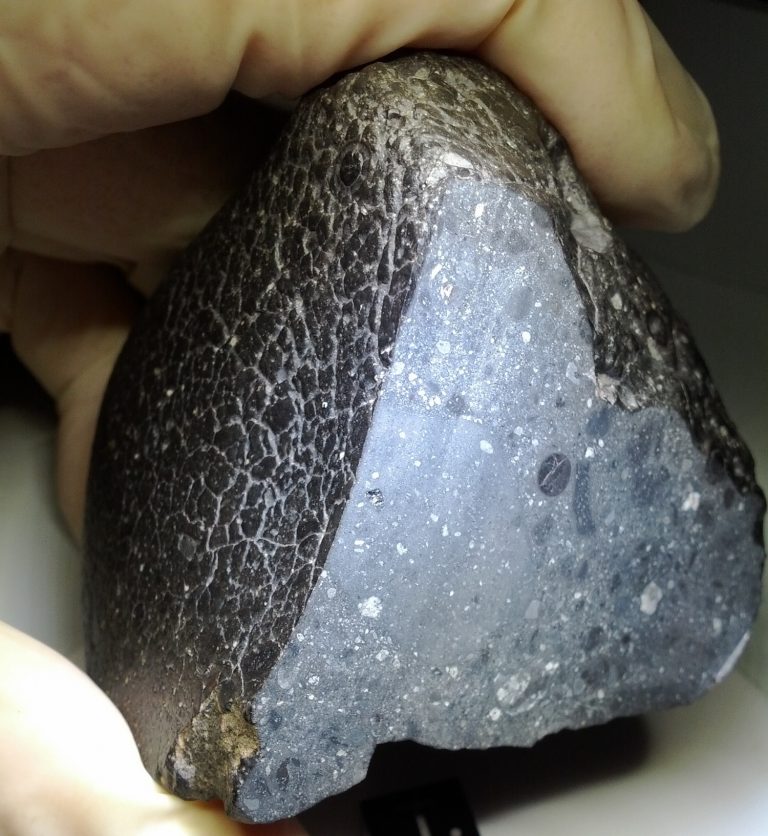Achondrites are meteorites that originate from bodies that have undergone a process called planetary differentiation. As dust particles accreted into larger masses, such as asteroids. As the mass of these bodies grew, the iron and nickel within these asteroids would "sink" to the centre of the body leaving silicate-rich material to dominate the upper portions (i.e. crust and mantle) of these bodies. This is what we call planetary differentiation and it is seen in a range of planetary bodies such as the Moon, Mars, Venus, Mercury, and Earth.
As suggested by the name, achondrites don't contain chondrules rather they are much more similar to the rock we see on Earth. Most of the samples we have to date are igneous rocks and breccias from the surfaces of other bodies, including Mars and the Moon. Achondrites provide planetary scientists a means by which they can study the geologic history of planetary bodies without having to sample the bodies themselves. In addition to samples from the Moon and Mars, we also have meteorites that are thought to come from the large asteroid Vesta, called Howardite–Eucrite–Diogenite (HED) meteorites. Several achondrites are thought to have come larger asteroids that are massive enough to have undergone planetary differentiation.
These meteorites are launched to Earth when impacting event occurs on the parent body. If you come across a lunar meteorite in the desert, that meteorite was ejected from Moon when an impact event occurs. The material is ejected from impact craters at such high speeds that they can reach the escape velocity of a body - that means it's traveling faster than the gravitational pull of body. Then the meteorite simply must cross Earth's orbit and land on the surface. You can imagine this is more likely to happen for the Moon than Mars or Vesta as launched material has to travel great distances to be caught in Earth's orbit.
